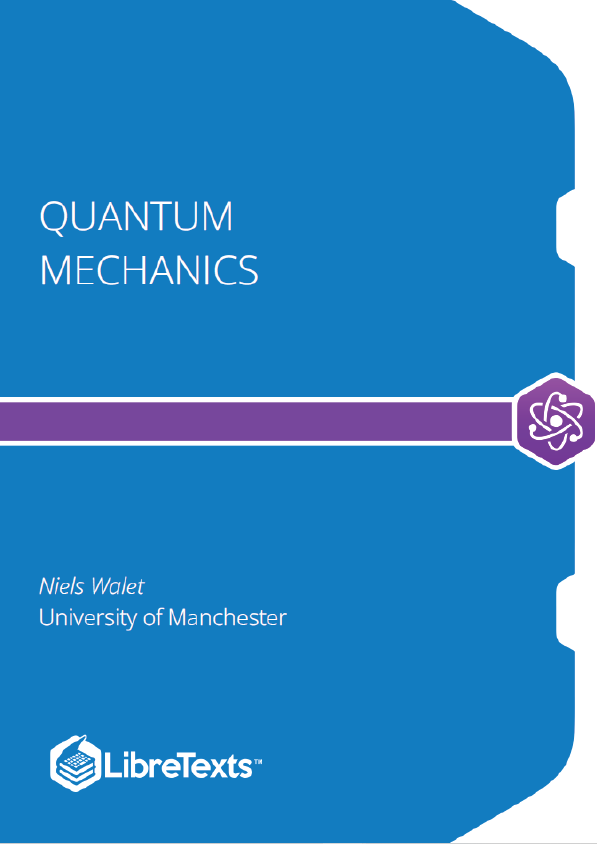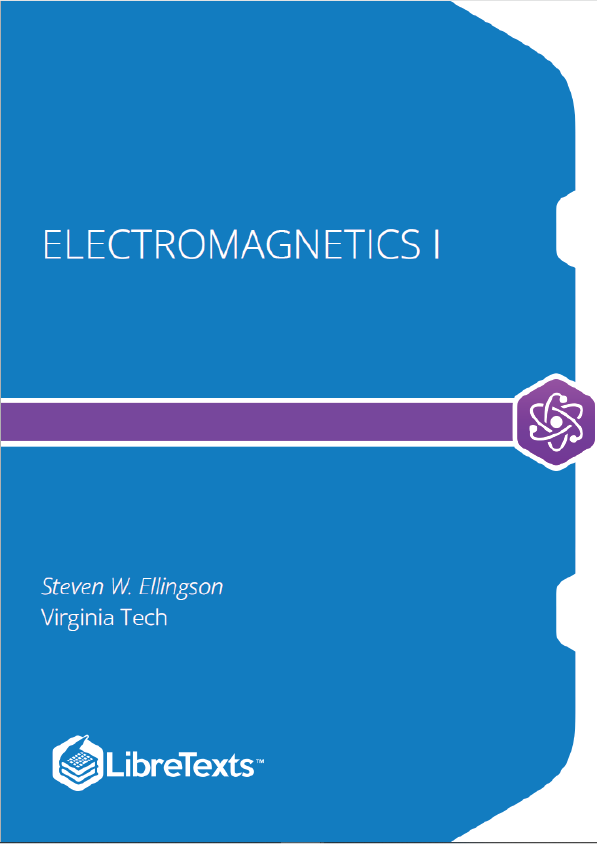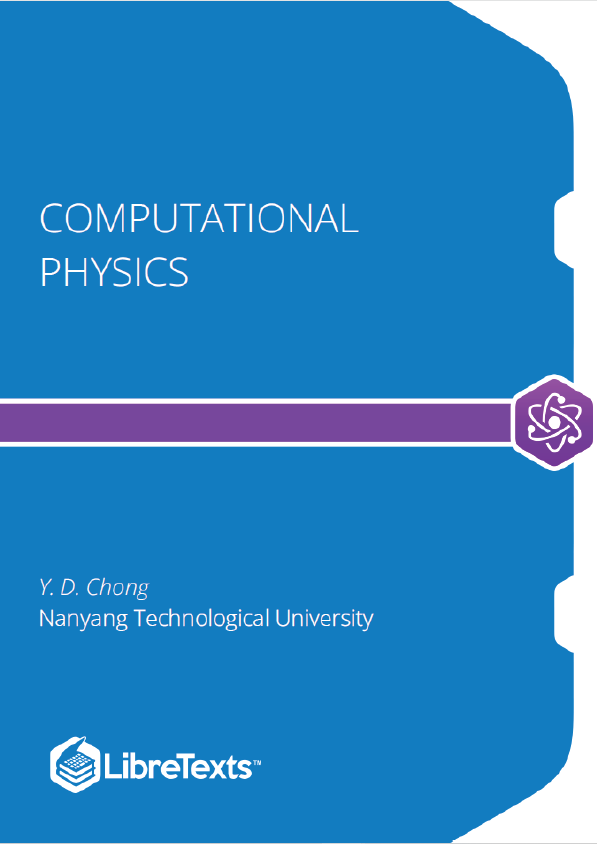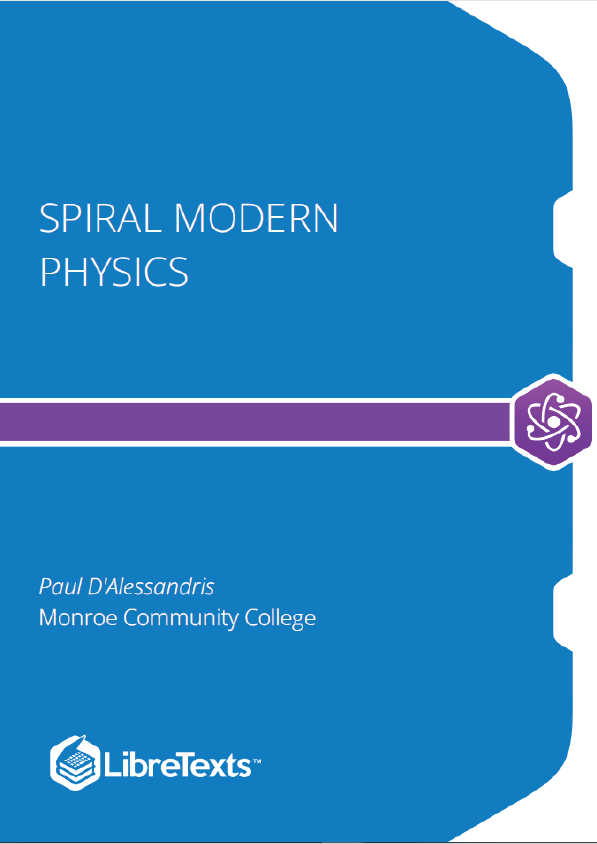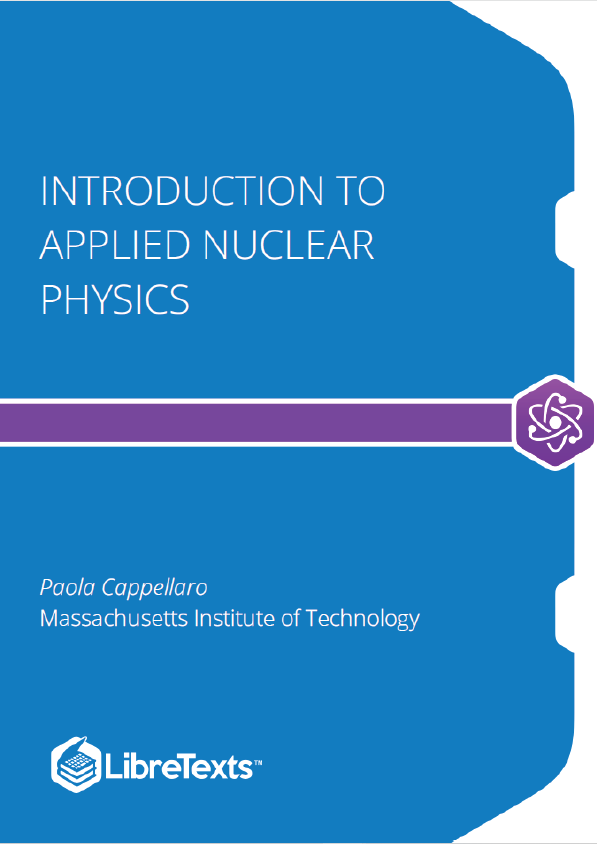Notice that in deriving the wave equation we replaced the number or by a differential acting on the wavefunction. The energy (or rather the Hamiltonian) was replaced by an ”operator”, which when multiplied with the wave function gives a combination of derivatives of the wavefunction and function multiplying the wavefunction, symbolically written as This appearance of operators (often denoted by hats) where we were used to see numbers is one of the key features of quantum mechanics.
Lessons from the square well
The computer demonstration showed the following features:
- If we drop the requirement of normalisability, we have a solution to the time-indepndent Schrödinger Equation at every energy. Only at a few discrete values of the energy do we have normalisable states.
- The energy of the lowest state is always higher than the depth of the well (uncertainty principle).
- Effect of depth and width of well. Making the well deeper gives more eigenfunctions, and decreases the extent of the tail in the classically forbidden region.
- Wave functions are oscillatory in classically allowed, exponentially decaying in classically forbidden region.
- The lowest state has no zeroes, the second one has one, etc. Normally we say that the nth state has n− 1“nodes”. 6. Eigenstates (normalisable solutions) for different eigenvalues (energies) are orthogonal.
A physical system (approximately) described by a square well
After all this tedious algebra, let us look at a possible physical realization of such a system. In order to do that, I shall have to talk a little bit about semi-conductors. A semiconductor is a quantum system where the so-called valence electrons completely fill a valence band, and are separated by a gap from a set of free states in a conduction band. These can both be thought of a continuous set of quantum states. The energy difference between the valence and conduction bands is different for different semi-conductors.
Since the gap energy is a lot smaller for GaAs than for GaAlAs, we get the effect of a small square well (in both valence and conduction bands). The fact that we can have a few occupied additional levels in the valence, and a few empty levels in the conduction band can be measured.
Zero of Energy is Arbitrary
The normal definition of a potential energy is somewhat arbitrary. Consider where a potential comes from: It appears when the total energy (potential plus kinetic) is constant. But if something is constant, we can add a number to it, and it is still constant! Thus whether we dene the gravitational potential at the surface of the earth to be 0 or 1 0 0 J does not matter. Only differences in potential energies play a rôle. It is customary to define the potential “far away”, as | x|→∞ to be zero. That is a very workable definition, except in one case: if we take a square well and make it deeper and deeper, the energy of the lowest state decreases with the bottom of the well. As the well depth goes to infinity, the energy of the lowest bound state reaches −∞, and so does the second, third etc. state. It makes much more physical sense to define the bottom of the well to have zero energy, and the potential outside to have value V 0, which goes to infinity.
